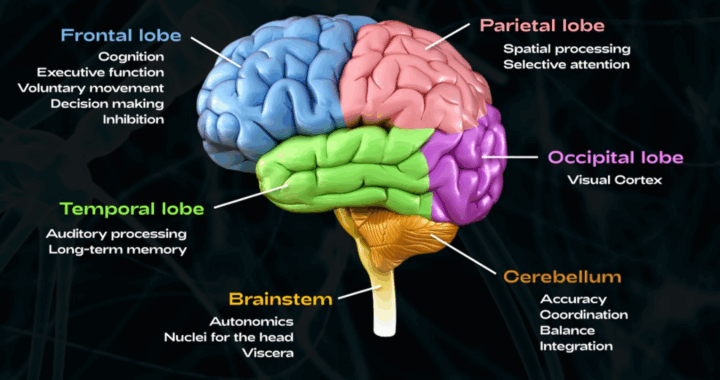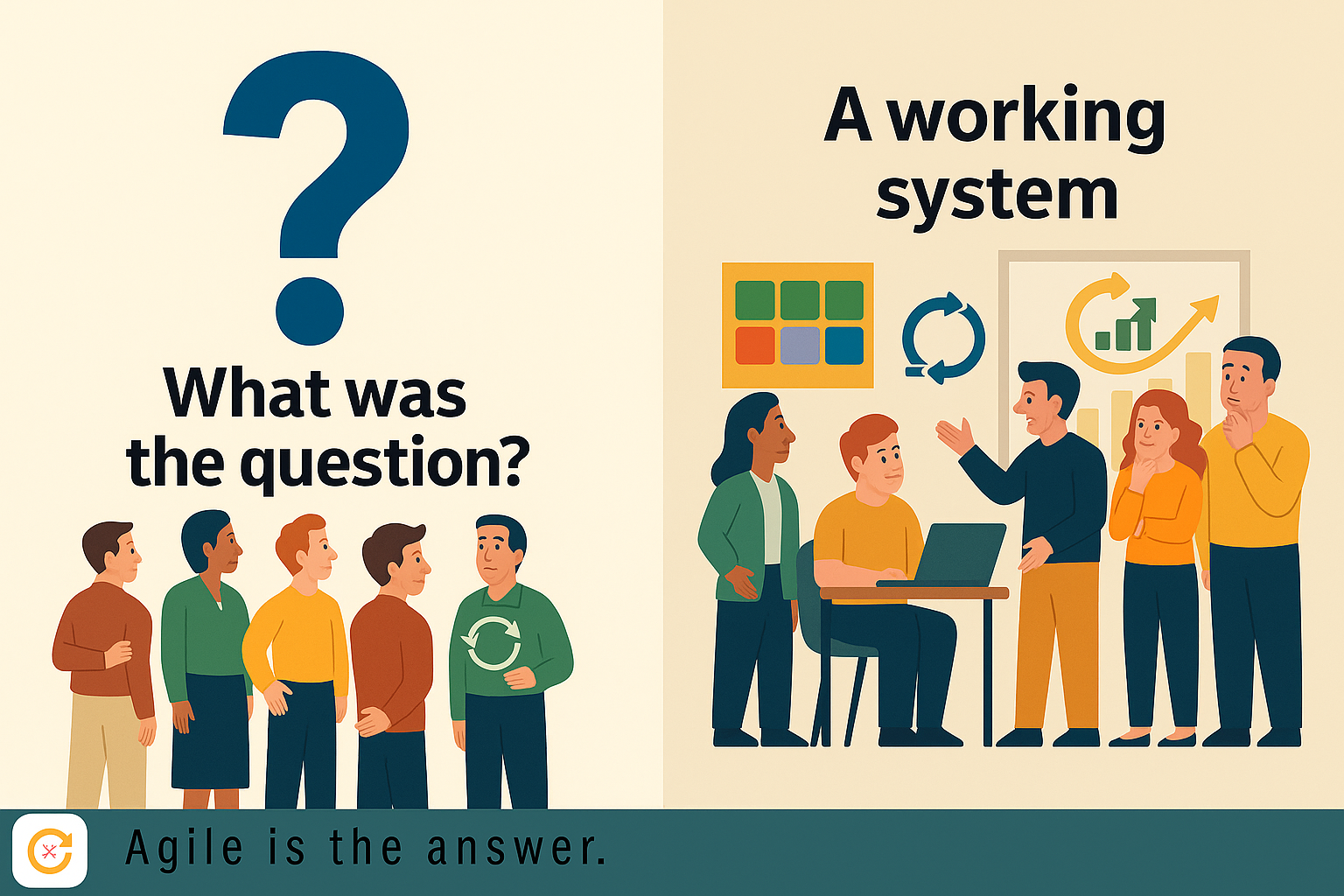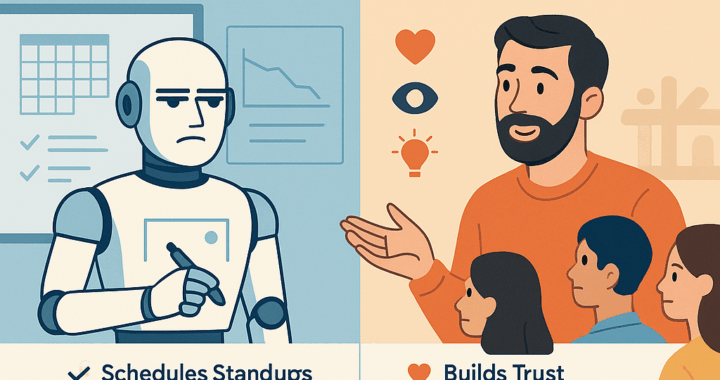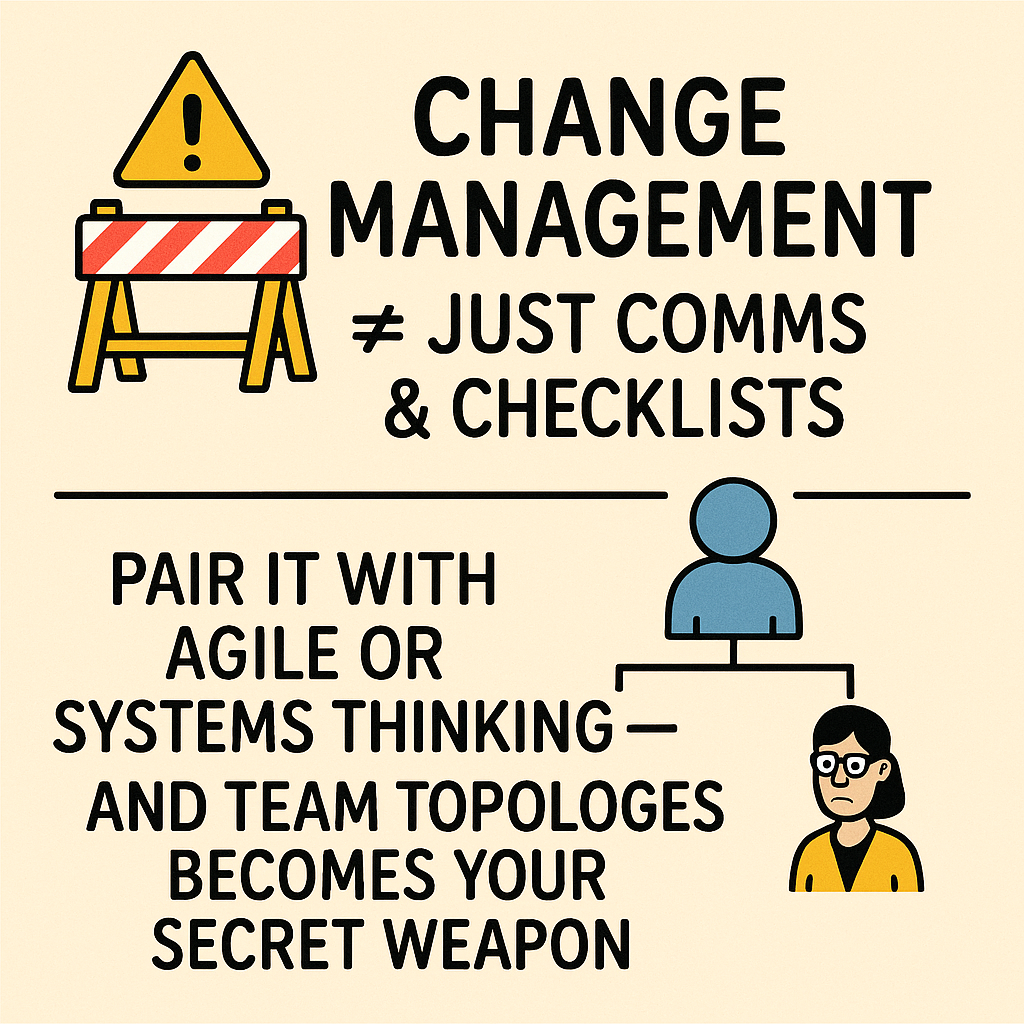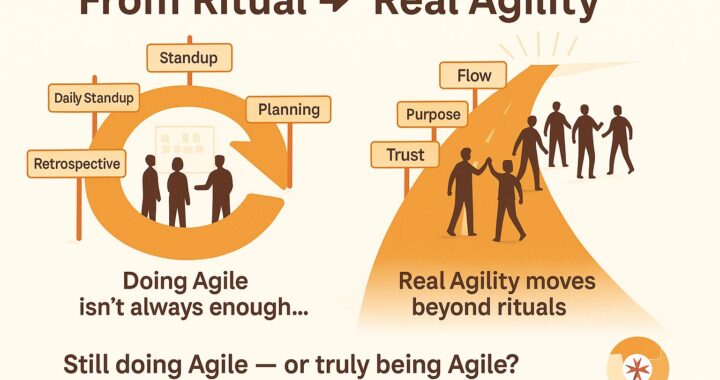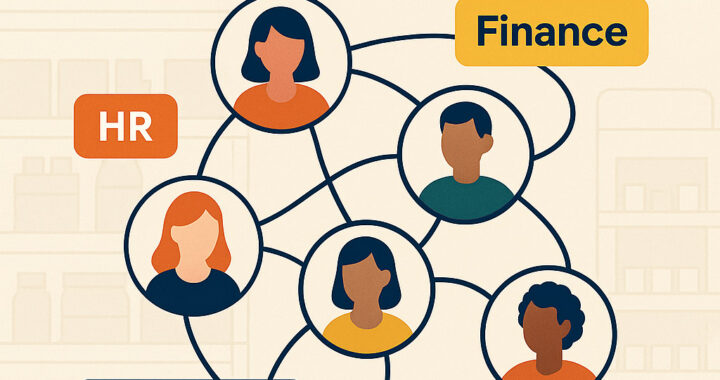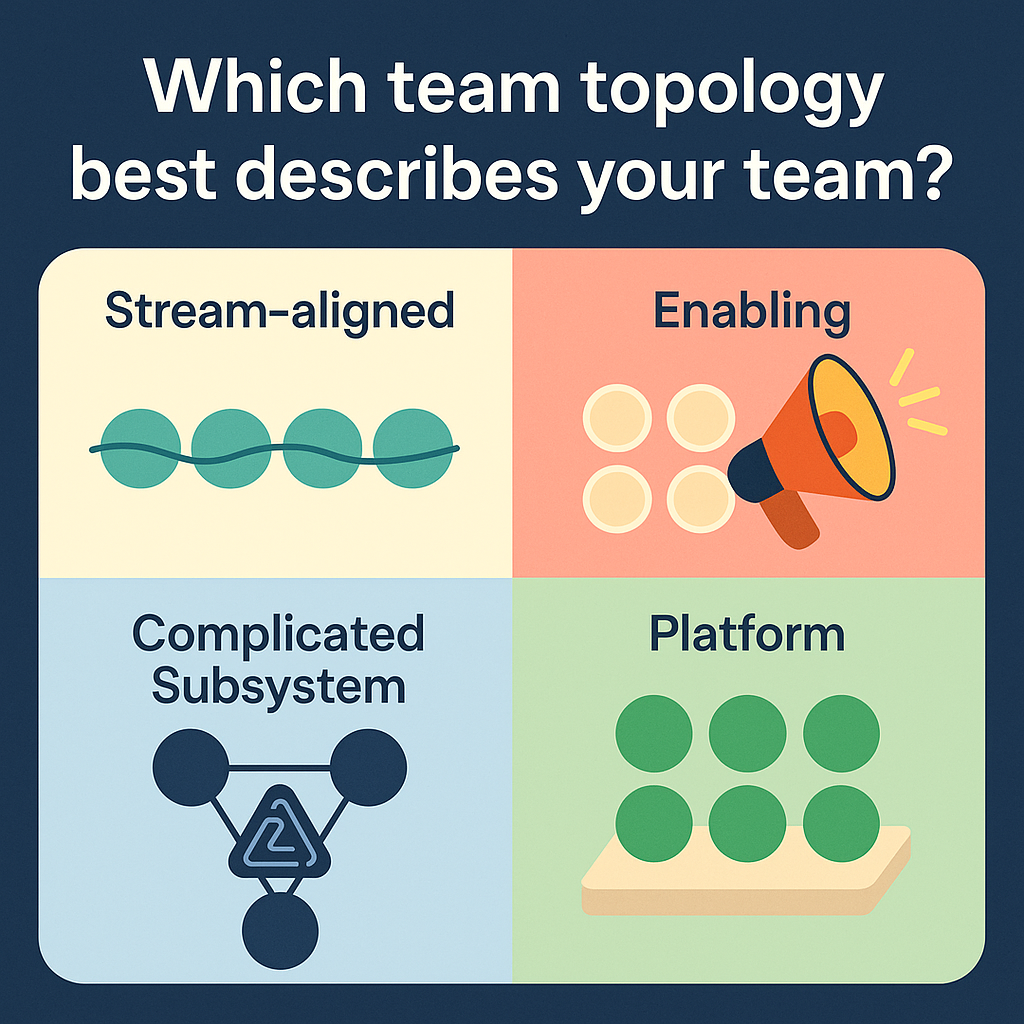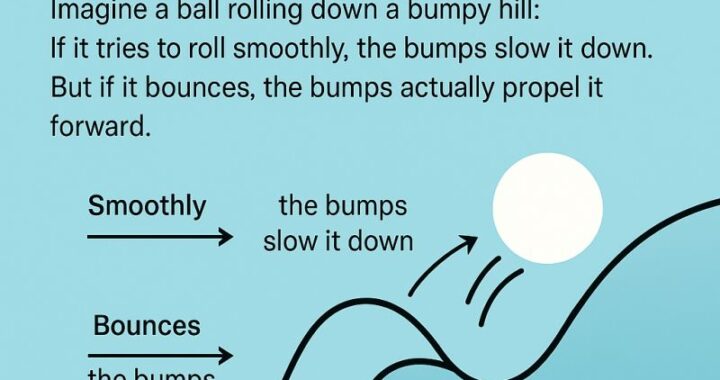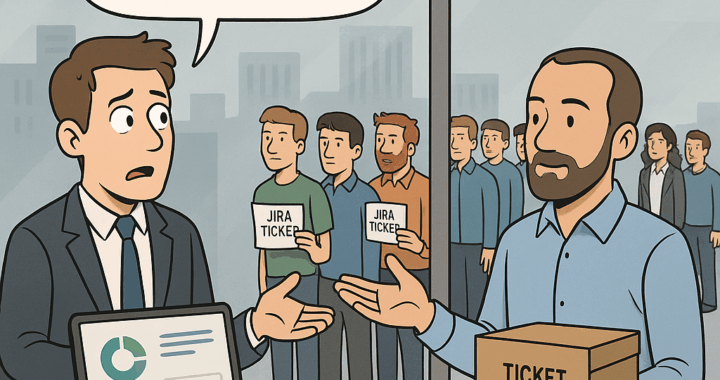🧠 Ever felt like creating a Jira ticket takes longer than the actual task?
This question came up from a Software Development Manager recently, and it really got us thinking.
💬 A Developer Manager had asked us:
“Whenever the development team needs to investigate or research something, we always seem to need a Jira ticket, even if the task is tiny. Is that really how Agile or Scrum expect us to work?”
It’s a fair question – and a common one (or situation)!
Here’s what we explored together:
👉 Sometimes, these habits grow naturally. Teams working with multiple stakeholders, or under heavy governance, often evolve processes like this for traceability or accountability.
🔍 Looking at it through a systems thinking lens, it sparked more important questions:
– Could this be an emergent behavior shaped by how teams interact with the wider system?
– Are KPIs or performance metrics rewarding ticket closure instead of real team deliverables?
– Is the system designed to support discovery… or suppress it?
– Are teams really owning the sprint goal, or are features being pushed in mid-sprint?
💡 Agile (and Scrum) are meant to help us respond to change, not drown in process. If learning, investigating, or adapting feels blocked by bureaucracy… maybe the system needs rethinking, not just the workflow.
👀 What about you?
– Do your teams need a ticket for every little thing?
– How do you balance structure with flexibility when urgent work comes up?
👇 Drop your thoughts in the comments — we’d love to hear how you handle this in your teams!
#agilemalta #Scrum #agilethinking #Jira #systemsthinking #agilediscussion #teamdynamics
Follow us on Facebook or LinkedIn
 Is Agile only for IT?
Is Agile only for IT?![]() Lack of results focus → poor coordination
Lack of results focus → poor coordination
